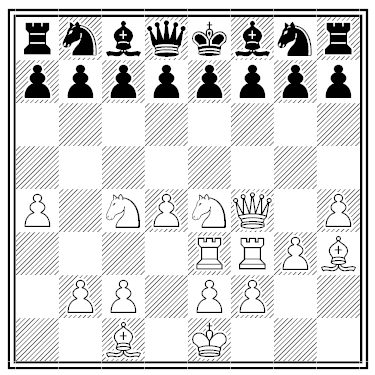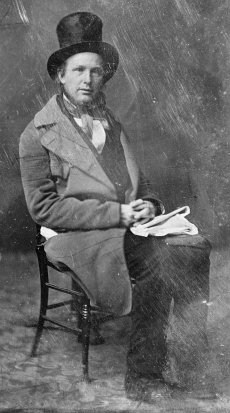
In 1810, a mysterious creature began killing sheep in northern England. Between May and September it defied the entire county of Cumberland, killing up to eight sheep a night despite being hunted nearly continuously. The “girt dog” never attacked the same flock on successive nights; it ignored poisoned meat left for it and led frustrated farmers on fruitless chases of 20 miles and more, occasionally turning to savage the forelegs of the pursuing dogs but never uttering a sound.
Finally, in September, the creature was run to ground near the Ehen River and shot. In four months it had killed more than 300 sheep. The carcass, which weighed 112 pounds, was stuffed and set up in a museum in Keswick, though it’s since been lost. Its description — a tawny dog with a tiger’s stripes — curiously matches that of the thylacine (above), a wolflike marsupial native to Tasmania. Possibly an exotic predator had escaped from a traveling menagerie and found itself peculiarly adapted to Cumberland farmland. We’ll never know.





